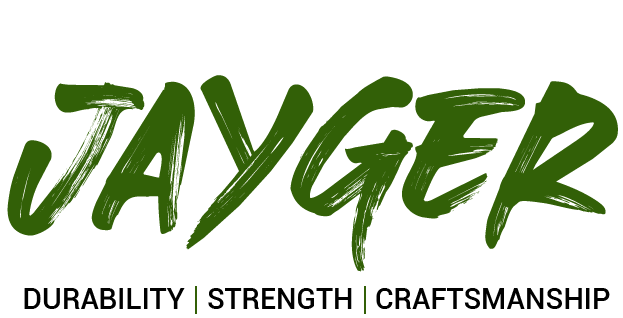How to Choose the Best Meat Cleaver Knife for Your Kitchen?

You need the most powerful and versatile tools in your kitchen. The meat cleaver knife is one such thing that every kitchen must have. It has a heavy and broad blade. These blades cut through meat and bones. But choosing the right one can be difficult if you are not sure what to look for. You have to check aspects like blade material and design. Every detail will affect the performance of the knife.
In this blog, we will discuss how to choose the best one for your kitchen. You will also learn how to maintain this knife.
Overview of Meat Cleaver Knife
This is a large and heavy tool designed to chop and cut meat. It is also used to hack through tough meats and bones. It has a broad and thick blade and so it can be used for tasks that require force. You can use it for breaking down larger cuts of meat.
The weight helps it power through tougher materials. If you often prepare meats, like large cuts, you should have this knife in your kitchen. It can also be used for chopping vegetables. You can easily crush garlic with this knife. You even use it for smashing nuts.
Choosing the Right Blade Material
This aspect affects the sharpness and the durability of the knife. It is better to use a meat cleaver knife from Damascus steel. It gives good strength and sharpness. This material is known for its beautiful patterns. It is made by folding multiple layers of steel together. This technique creates a strong and flexible blade. It can hold an edge longer than other materials.
The high carbon content in this material provides good sharpness. This makes it perfect for cutting through tough things. The layers also add durability. The blade does not chip and break easily under pressure. This material also looks impressive with its patterns. The beauty of the steel is a bonus for those who want a knife that is functional and attractive.
Shape and Size: What to Look For
The blade should have a wide and heavy design. It must have a curved edge for chopping. The curve allows for a rocking motion. This helps you slice through meat more easily. The size of the blade will depend on the amount of meat you cut. A larger blade length is needed for heavy-duty tasks. It can be used for chopping through bone. A smaller one is suitable for delicate cuts of meat and smaller tasks.
This knife should feel solid and balanced in your hand. A heavy blade will do most of the work. But a too heavy knife is difficult to control. It is best to choose a knife that feels comfortable in your hand. It must have a weight that lets you chop with precision and ease.
Handle Design Matters
A good holder should provide a secure grip. This helps you to control the knife with ease. Look for a handle made from materials that are strong and comfortable. Wooden handles give a traditional feel. They are easy to grip. But they require more maintenance. Another disadvantage of wooden handles is that they can absorb moisture. Plastic handles are lightweight. They are also easy to maintain. But it may not feel as sturdy as wood.
A handle with a curve and textured surface will help in preventing slipping. Make sure the handle feels comfortable in your grip. This will provide safety when using the knife.
The Right Balance and Weight
A well-balanced knife makes sure that the weight is evenly distributed between the handle and the blade. This gives you better control when chopping. It reduces strain on your wrist and hand. The knife has to be heavy enough to chop through meat and bone. It should be such that it does not require excessive force. But it must not be so heavy that it feels bulky. You must be able to hold the knife easily. At the same time, you should be able to control it with less effort.
To test the balance, hold the knife by the handle. Let the blade hang down. The knife is not well balanced if it feels very heavy or very light.
Maintaining Your Knife
Take care of your knife. This will help to retain its sharpness. It will also last long. A knife made from Damascus steel will stay sharp for a long time. But regular upkeep is still needed. After each use, clean the knife. Avoid using the dishwasher. This can damage the blade and handle.
You can use a honing steel and a sharpening stone to keep the blade sharp. Honing should be done regularly. This will help to maintain the sharpness. Sharpening has to be done after some use. Always store the knife in a clean place. It is better to keep it in a knife block. This will help to prevent damage to the blade.
Conclusion
You have to take into account many different things for choosing the best meat cleaver knife. It is better to select one that has a blade made from the best material. The blade must be sharp. Also, it must last long. The knife should feel comfortable in your hand. It has to be well-balanced for easy control. If you want the best quality knife, then check the collection at Jayger. We have the best collection of knives. Buy for yourself or send it as a gift to someone. Place your order today. Connect with our support team for any queries or assistance.
